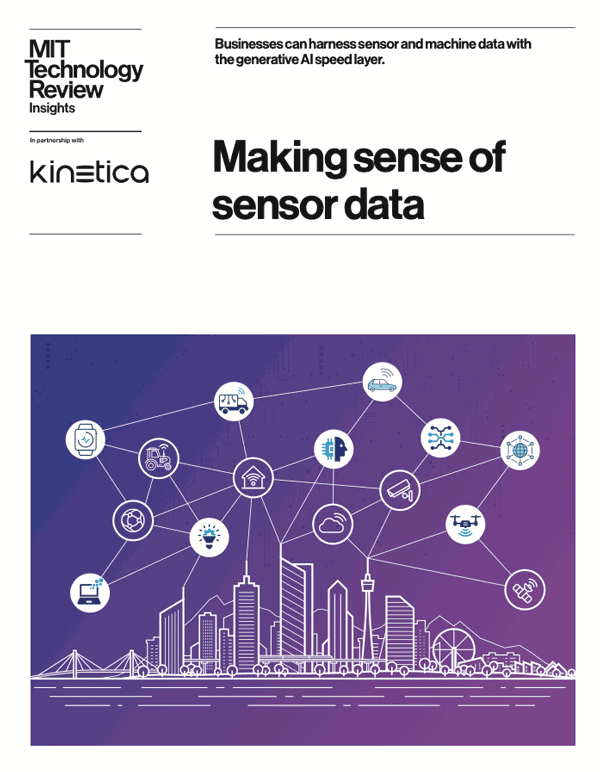Kinetica’s Memory-First Approach to Tiered Storage: Maximizing Speed and Efficiency
A key challenge for any database, whether distributed or not, is the constant movement of data between a hard disk and system memory (RAM). This data transfer is often the source of significant performance overhead, as the speed difference between these two types of storage can be dramatic.
In an ideal scenario, all operational data would reside in memory, eliminating the need to read from or write to slower hard disks. Unfortunately, system memory (RAM) is substantially more expensive than disk storage, making it impractical to store all data in-memory, especially for large datasets.
So, how do we get the best performance out of this limited resource? The answer is simple: use a database that optimizes its memory use intelligently.
Prioritizing Hot and Warm Data
Kinetica takes a memory-first approach by utilizing a tiered storage strategy that prioritizes high-speed VRAM (the memory co-located with GPUs) and RAM for the data that is most frequently accessed, often referred to as “hot” and “warm” data. This approach significantly reduces the chances of needing to pull data from slower disk storage for operations, enhancing the overall system performance.

The core of Kinetica’s tiered storage strategy lies in its flexible resource management. Users can define tier strategies that determine how data is prioritized across different storage layers. The database assigns eviction priorities for each data object, and when space utilization in a particular tier crosses a designated threshold (the high water mark), Kinetica initiates an eviction process. Less critical data is pushed to lower, disk-based tiers until space utilization falls to an acceptable level (the low water mark).
This movement of data—where less frequently used information is shifted to disk while keeping the most critical data in high-speed memory—ensures that Kinetica can always allocate sufficient RAM and VRAM for current high-priority workloads. By minimizing data retrieval from slower hard disks, Kinetica can sidestep the performance bottlenecks that typically plague database systems.
The Speed Advantage: Memory vs. Disk
The performance gains achieved by this approach are clear when you consider the speed differential between memory and disk storage. To put things into perspective, reading 64 bits from a hard disk can take up to 10 million nanoseconds (0.01 seconds). In contrast, fetching the same data from RAM takes about 100 nanoseconds—making RAM access 100,000 times faster.

The reason for this stark difference lies in the nature of how data is accessed on these storage devices. Hard disks use mechanical parts to read data, relying on a moving head that accesses data in blocks of 4 kilobytes each. This block-based, mechanical retrieval method is inherently slower and incurs a delay every time data needs to be accessed. On the other hand, system memory allows direct access to each byte, without relying on mechanical parts, enabling consistent and rapid read/write operations.

Kinetica’s memory-first strategy leverages this inherent speed advantage by prioritizing RAM and VRAM for all “hot” data. This not only reduces the reliance on slower storage but also ensures that analytical operations can be performed without the bottleneck of data loading from disk.
Managing Costs Without Sacrificing Performance
While memory offers significant speed advantages, the flip side is its cost. Storing all data in RAM is prohibitively expensive for most organizations, especially when dealing with terabytes or petabytes of data. Kinetica balances this cost with two key approaches:
1. Intelligent Tiering: As mentioned earlier, Kinetica’s tiered storage automatically manages what data should stay in high-speed memory and what should be moved to lower-cost disk storage. This ensures that only the most crucial data occupies valuable memory resources at any given time.
2. Columnar Data Storage: Kinetica also employs a columnar data storage approach, which enhances compression and enables more efficient memory usage. By storing data in columns rather than rows, Kinetica can better optimize its memory footprint, allowing more data to be held in RAM without exceeding cost limits.
Conclusion
By adopting a memory-first, tiered storage approach, Kinetica effectively addresses the inherent challenges of traditional database systems. Its ability to prioritize RAM and VRAM for the most frequently accessed data—while intelligently managing less critical data on lower-cost disk storage—allows for faster analytics without the performance penalty of constant disk access.
This approach ensures that Kinetica remains an efficient, high-performance database solution, capable of handling complex analytics at speed, without requiring prohibitively large memory investments. In essence, Kinetica provides the best of both worlds: the blazing speed of memory with the cost efficiency of tiered storage management.
Making Sense of Sensor Data

